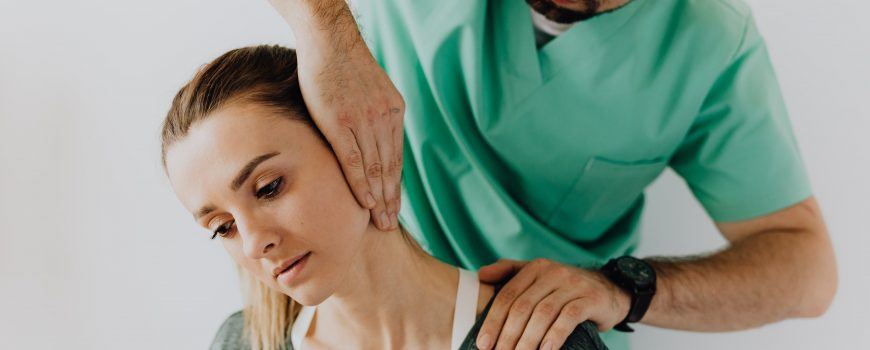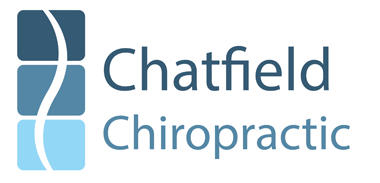
Upper Crossed Syndrome Exercises: Strengthen Your Body and Relieve Pain
 The unfortunate truth is that many of us spend hours every day hunched over a computer or phone screen. But the body was never made to slouch for long durations! In fact, continually hunching forward can lead to varying degrees of pain and problems. One problem associated with slouching is a condition called upper crossed syndrome.
The unfortunate truth is that many of us spend hours every day hunched over a computer or phone screen. But the body was never made to slouch for long durations! In fact, continually hunching forward can lead to varying degrees of pain and problems. One problem associated with slouching is a condition called upper crossed syndrome.
So, what is upper crossed syndrome? And what are some exercises that can help relieve it? In this article, we answer these questions and more.
Understanding Upper Crossed Syndrome (UCS)
The muscles in your body work together to help you function normally. When specific muscles or groups become too weak or overly tight, problems can occur. This is what happens with upper-crossed syndrome.
This syndrome affects the muscles of the shoulders, neck, and chest, creating an X-shaped impacted area. The combination of underactivity (weakness) and overactivity (tightness) in these muscles can cause significant pain that may trickle down through other body parts.
Researchers have found that poor posture is a primary factor behind UCS. In a world teeming with people hunched over laptops, smartphones, tablets, and other devices, poor posture and resulting UCS is all too common.
Luckily, correcting this problem is doable. By identifying imbalances and addressing each affected muscle group accordingly, you can find the relief you seek from the pain plaguing your body.
The Best Exercises to Alleviate Upper Crossed Syndrome
Numerous exercises can help you find relief from upper crossed syndrome pain. These include the following.
Sternocleidomastoid (SCM) Massage
A massage to the muscle extending down the sides of your neck can work wonders:
- Grab the middle portion of the SCM muscle with your right thumb and forefinger, manipulating the muscle until you feel a sensitive spot.
- Hold the sensitive area for 15 seconds before releasing the area and moving up slightly.
- Continue massaging the muscle to relieve pain, then repeat the process on the other side.
Thoracic Twists
This exercise can be a great way to activate the back muscles while opening the chest. Here’s how to do it:
- Start in a tabletop position on a yoga mat, then push back so your butt rests on your heels.
- Bend one arm, place your hand on the back of your head, and position the other on the floor for support.
- Twist your body to bring the elbow of your bent arm to the elbow of your supporting arm.
- Untwist your body and bring your elbow to the sky, twisting your chest open.
- Repeat ten times on each side.
Prone Ys
Strengthening your back and stabilising your scapula can be beneficial in combating the pesky symptoms of UCS. These prone Y’s can help you do just that:
- Position your mid-torso over a yoga ball or on the side of a stable bed with your arms hanging down at your sides.
- Raise your arms to create a V shape with them, with your legs straight back to form the bottom half of the Y. Don’t raise your arms higher than shoulder height – your biceps should be in line with your ears, with your shoulders down and away from your ears.
- Lower your arms slowly to the starting position before slowly raising back up. Keep your back activated and straight, ensuring your chest doesn’t curve around the yoga ball.
- Complete two sets of ten reps.
Build a Personalised Exercise Plan with a Chiropractor’s Help
Choosing the correct exercises for your situation can be tricky, especially if you’re unsure where to start. This is where our experienced team at Chatfield Chiropractic comes in. We can help you navigate the next steps and offer advice on the best exercises. Ready to get started? Book an appointment with our experienced chiropractors at Chatfield Chiropractic today.
